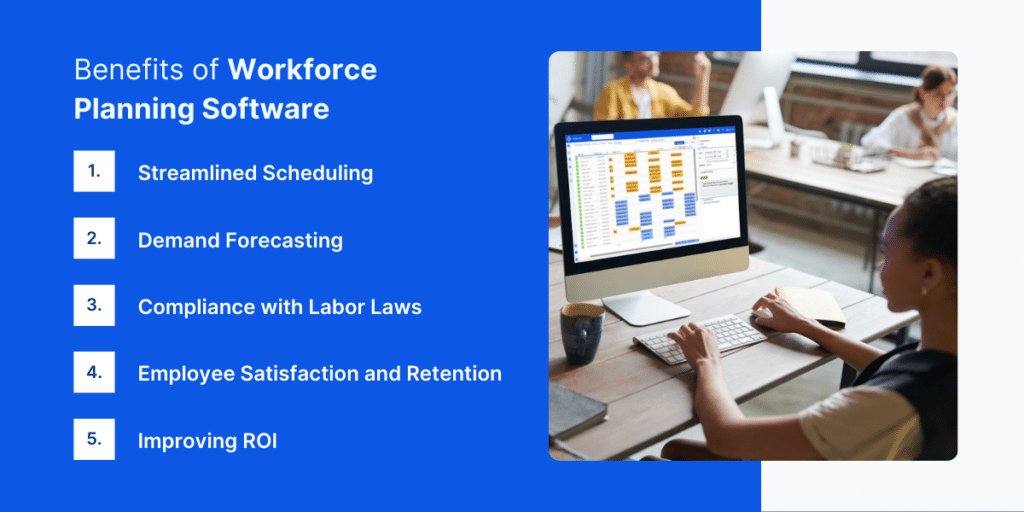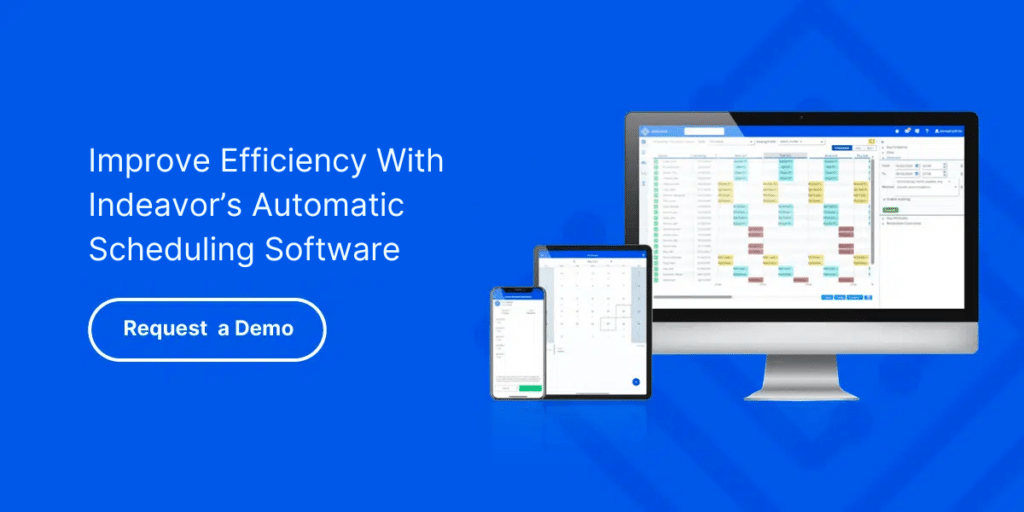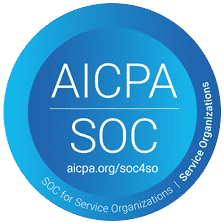Maximizing productivity in large-scale operations such as manufacturing, industrial enterprises, and government sectors is an ongoing challenge. Workforce planning software offers a practical and effective solution to address these challenges, enabling organizations to optimize labor allocation, improve compliance, and reduce costs. This blog delves into how workforce planning enhances productivity and provides a clear advantage for industries that depend on large, complex workforces.
What is Workforce Planning Software?
Workforce planning software is a digital platform designed to help organizations manage their workforce efficiently by providing tools for scheduling, demand forecasting, compliance tracking, and workforce analytics. This software ensures that the right people are in the right place at the right time.
Organizations in mission-critical industries like manufacturing, Oil & Gas, and the broader industrial enterprise sector often face unique challenges, such as:
- Complex shift requirements.
- Strict labor compliance regulations.
- Demand for scalable workforce solutions.
Workforce planning software addresses these issues, driving productivity and reducing operational bottlenecks. By automating routine processes and providing actionable insights, it frees up managers to focus on strategic initiatives. Additionally, it ensures resources are used effectively, preventing waste and maximizing output.

Benefits of Workforce Planning Software
1. Streamlined Scheduling for Complex Operations
In large-scale industries, manual scheduling can lead to inefficiencies and conflicts. Strategic workforce planning software automates this process by:
- Matching workforce availability with production schedules.
- Optimizing workforce allocation by analyzing employee skill sets, availability, and operational priorities to ensure the right teams are in place for every shift.
- Eliminating scheduling conflicts and ensuring optimal shift coverage by automating allocation based on employee qualifications, availability, and operational requirements.
Manufacturing plants use this software to ensure that production lines are always adequately staffed, minimizing downtime, identifying potential workforce shortages in advance, enabling proactive hiring or cross-training, and making shift adjustments in a timely manner. Additionally, it aligns workforce capacity with production goals, ensuring smooth operations even during peak demand periods.
2. Demand Forecasting for Strategic Decision-Making
Effective workforce planning relies on accurate demand forecasting. Advanced tools within workforce planning software use historical data and predictive analytics to:
- Anticipate peak production periods and take seasonal fluctuations into account.
- Allocate resources to meet these demands without overstaffing or unnecessary reliance on Overtime.
- Providing forecasting capabilities to predict labor needs based on historical trends and anticipated production demand.
This capability is especially valuable in industrial enterprises and government sectors that need to respond to emergencies or unexpected demands efficiently. By accurately forecasting labor requirements, it prevents overstaffing during low-demand periods and ensures sufficient coverage during high-demand or critical events. Industries with seasonal fluctuations, such as public services and large-scale manufacturing, benefit greatly from this proactive approach to resource allocation, which minimizes waste while maintaining readiness for mission-critical operations.
3. Ensuring Compliance with Labor Laws
Organizations managing large, diverse workforces must navigate stringent labor laws and regulations. Workforce planning software simplifies compliance by:
- Tracking employee hours, overtime, and rest periods.
- Highlighting potential violations before they occur.
- Generating reports that meet audit requirements.
This helps organizations avoid penalties/grievances and maintain their reputation while focusing on core operations. By automating shift scheduling compliance tracking, managers can redirect their attention to strategic projects rather than manual oversight of labor laws. Moreover, the software reduces the risk of human error, ensuring a consistent and accurate approach to workforce management.
4. Enhancing Employee Satisfaction and Retention
A satisfied workforce is a productive workforce. Workforce planning software contributes to employee well-being by:
- Offering self-service portals for managing shifts — including shift swapping and volunteering — and requesting time off.
- Providing transparent scheduling that reduces uncertainty.
- Distributing workload and necessary overtime fairly to prevent burnout.
Employees value the predictability and fairness these tools provide, leading to higher engagement and retention rates. Retaining employees significantly reduces the costs associated with hiring and training replacements, which can amount to thousands of dollars per employee according to SHRM studies. By improving retention, organizations can allocate their resources more effectively, ensuring continuity and fostering a more productive workforce.
5. Optimizing Costs and Improving ROI
Effective workforce management is essential to controlling costs. Strategic workforce planning allows organizations to:
- Eliminate unnecessary overtime expenses.
- Optimize labor allocation based on actual demand.
- Invest resources in strategic initiatives instead of administrative tasks.
A manufacturing company can achieve significant savings by aligning workforce capabilities with production targets and avoiding overstaffing during slow periods. This ensures that labor costs are kept in check while productivity is maintained during periods of reduced demand. At the same time, it minimizes the risk of delays or missed targets during high-demand periods by ensuring the right level of staffing is in place.

Choosing the Right Workforce Planning Software
Selecting the best workforce planning software for your organization involves careful consideration of your industry’s specific needs. Here are key factors to evaluate:
1. Industry-Specific Features
Ensure the software supports complex shift patterns, compliance monitoring, and scalability for large teams. A centralized view of multiple teams, departments, and even global facilities allows organizations to make more informed decisions and identify inefficiencies quickly. This comprehensive oversight simplifies workforce coordination, enables setting and sharing of best practices, and improves collaboration across diverse locations.
2. User-Friendliness
Adoption is higher when the software is designed to be employee-centric, placing the needs of the workforce at the forefront. Tools that offer an intuitive interface and prioritize usability empower employees to engage with the system effortlessly. This not only boosts adoption rates but also fosters a sense of trust and collaboration, as employees feel that their needs are being considered in the planning process.
3. Integration and Scalability
The software should integrate seamlessly with your existing systems and adapt to future growth. This includes compatibility with payroll systems, Human Capital Management (HCM) platforms, and Learning Management Systems (LMS), ensuring a unified and efficient workflow. By integrating these systems, organizations can streamline processes, reduce redundancies, and provide a better experience for both employees and administrators.
4. Proven Success in Your Sector
Look for case studies or testimonials from similar organizations that have successfully implemented workforce planning software. These examples can provide valuable insights into the challenges addressed and the measurable outcomes achieved, such as improved scheduling accuracy or reduced labor costs. Understanding real-world applications can help you assess the software’s potential impact on your operations and guide decision-making.
Conclusion
Workforce planning is a powerful tool that addresses the complexities of managing large workforces in industries such as manufacturing, industrial operations, and public sector services. By automating scheduling, improving compliance, and providing actionable insights, this software drives productivity and ensures operational excellence.
Learn more about how Indeavor’s workforce planning software can transform your organization’s approach to labor management and productivity.







